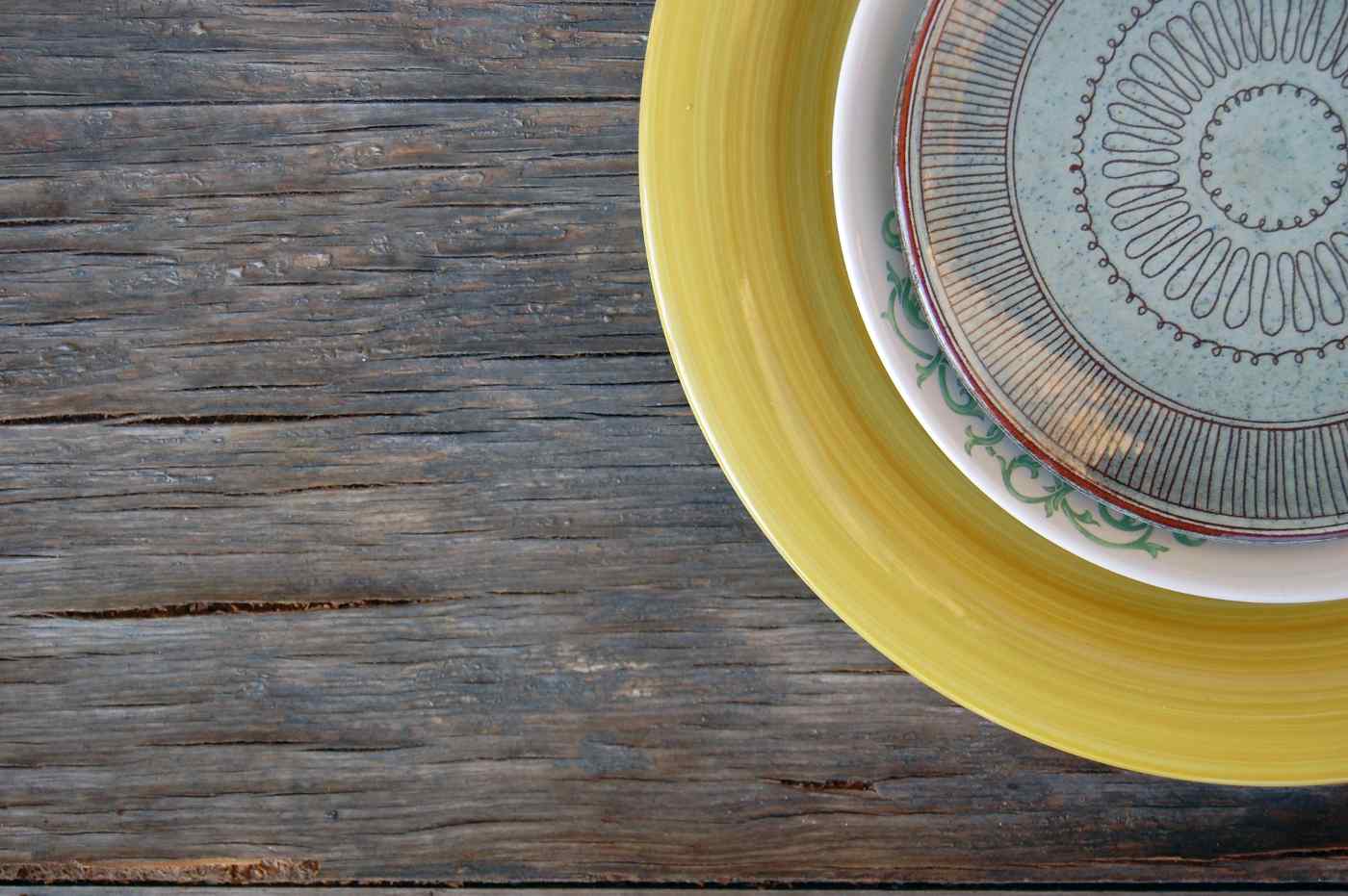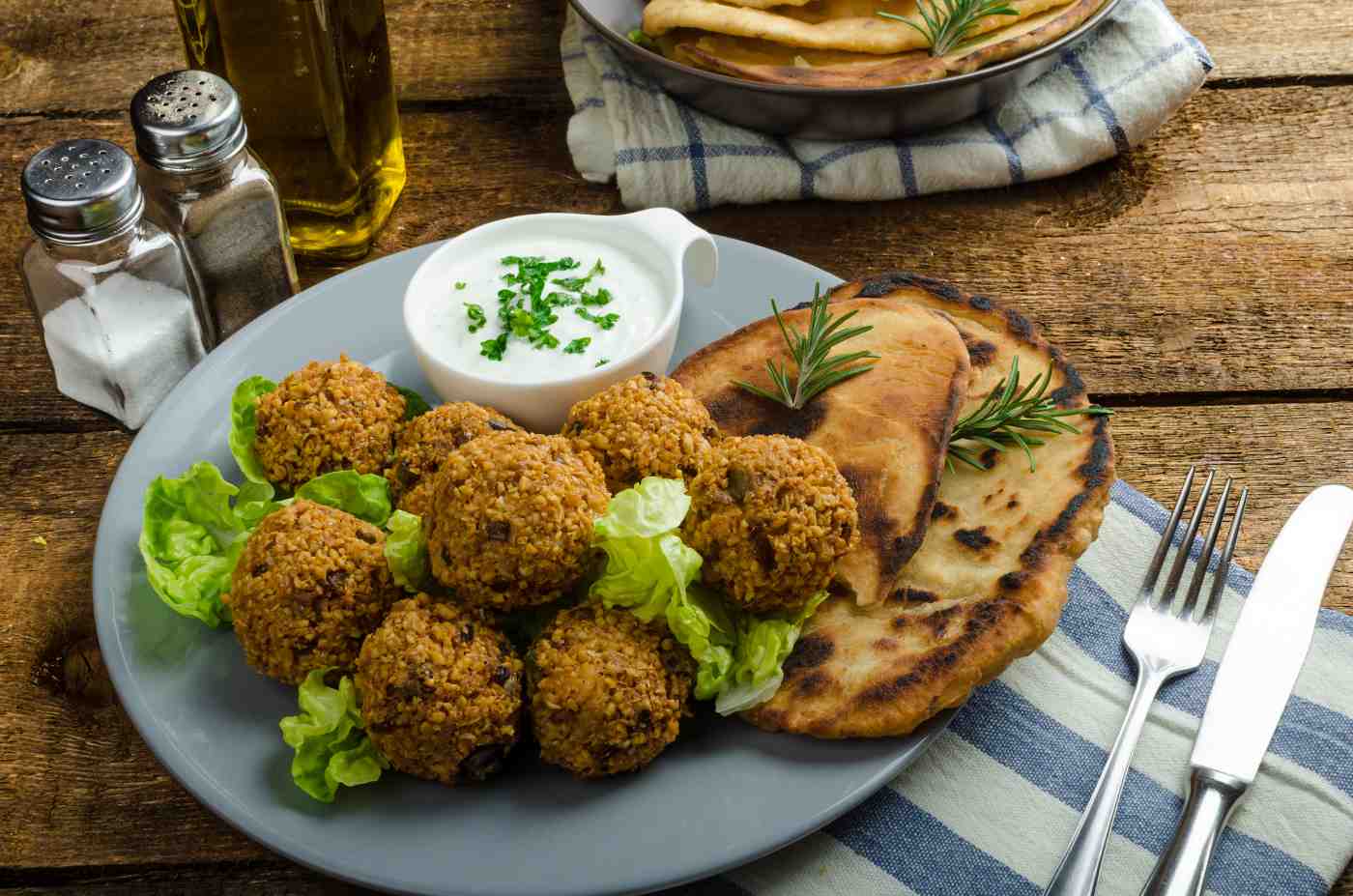Are you looking for ways to present food in a way that makes it look appetizing without being too complicated? If yes, then read on. Food presentation is important because it influences our perception of the food itself. It also affects our appetite and mood. Presentations can either enhance or detract from the taste of the food.
Food presentation should be simple and tasteful. The goal is to create a visual feast that enhances the flavor of the food rather than distracts from it. Good food presentation will help you get your message across.
In this article, we’ll explain how to choose the right plate shape for presenting foods, why some plates work better than others and what tips to keep in mind when creating your perfect presentation.
Choose the Right Plate Shape
There are many shapes of plates that you can use to present food. You have round, square, rectangular, oval, oblong, triangular and even hexagonal plates available to you. Each has its own unique advantages and disadvantages.
- Round plates tend to be the most popular type of plate for presenting meals. It’s easy to move around with them and they’re great if you want to display a large number of dishes at once. However, since they commonly lack any side walls, serving a smaller amount of food can look awkward. No matter if you cook yourself or use a catering service, round plates are useful when you want to show off multiple dishes at once.
- Rectangular plates can be narrower than other types of plates. This means that dishes are easier to serve and it’s easy to balance them and move around with them. Rectangular plates are also good if you want to place two or three dishes next to each other.
- Square plates are wide enough to accommodate more food per dish, but since they don’t extend all the way up to the top edge, there’s no room for sauces or garnishes. That may not matter much if you plan to serve only one type of dish, but if you offer a variety of different flavors on a single platter, you won’t have room for anything else. Square plates are best for platters where you’ll be placing small amounts of various foods on a single plate.
- Oval plates are similar to square ones except that they have a wider bottom portion which allows them to hold a larger quantity of food. Oval plates are designed to support multiple servings of food. Ovals can carry as many as 10-12 items on a single plate. They come in both standard sizes and custom sizes. Your choice is based on how big your meal is going to be.
- Triangle plates are ideal for those who want to maximize space while minimizing clutter. If the triangles aren’t symmetrical, they won’t stack neatly into piles or towers. But they do fit well together on a single surface. Triangles are especially helpful if you want to include lots of food. If you don’t fill every inch of the plate with food, then triangles can help you save space without sacrificing organization.
- Hexagons add a special design twist to the other classic plate shapes. They can be easier to grip than round plates but allow for generous servings of food. They can also work to keep food warmer when they have a concave design that creates a gentle convex curve along their edges.
What Size Plate Should I Buy?

If you already have some plates you can use and you only need to pick up a few extras, then try to find the closest match to the plates you already have in your cupboard. If you’re picking up a whole new set, especially if it’s for a dinner party, know that it’s always safer to go with something bigger than you think you’ll need.
In addition to knowing how many people will be eating, you should also consider how large the dishes that you’ll be serving are. Large dishes require larger plates and vice versa. A cauliflower steak, for example, can measure about 6 by 5 inches (15 x 13 cm). You’ll be able to fit four steaks on a 12-inch (30cm) round plate.
The same dish would look too big if you tried to put it on a 14-inch (35cm) oval plate. Similarly, a large round of eggplant is about 4 by 3 inches (10 x 8 cm), so it would look out of place on a 12-inch round plate. And although a salad bowl is roughly 9 inches (23cm) across, you could actually use two bowls side by side to create a 20-inch round plate.
You’ll find most restaurants serving appetizers, salads, sides, main dishes, desserts like cakes, etc., on separate platters. This allows diners to choose just the portions they want. Large platters are great for parties because you can reuse them over and over again. When it comes to storing leftovers, serving bowls are more ideal than platters.
In addition to the size of the plates, consider the materials they’re made with, as well. Disposables are handy, but not great for the environment. In contrast, wooden platters are gorgeous, but more difficult to wash because they tend to get stained easily. On average, disposable platters cost only $1-$2 per person. However, you may also want to consider investing in stainless steel or ceramic platters. Although these types of platters are much pricier than disposables, they offer superior durability and long-lasting quality.
Tips for Making Your Food Presentation Ideal
It’s easy to see the difference between perfectly arranged food and food that looks sloppy. Here are some tips for making sure that your food presentation is perfect:
Use Good Lighting
Lighting is essential for cooking and entertaining, but it can also enhance the aesthetics of your food. Try to choose lighting that highlights different parts of your dish. Lighting from the side with some low candles gives a warm effect. Keep the lighting even across the table and avoid deep shadows.
Keep Your Tableware Organized
Food shouldn’t be stacked randomly all over the room. Make sure that your serving pieces are stored at a proper height and position so that each course is within reasonable reach and always within sight of guests.
Make Sure That Your Serving Pieces Match or Complement Each Other
The type of serving pieces you use says a lot about your overall style. Not all of us were lucky enough to inherit a full set of matching antique dishes, but it’s still a good idea to put together an ensemble of serving pieces that creates a unified effect. Choose dishes that complement one another when possible. For example, try pairing an elegant glass vase with a white porcelain plate instead of a heavy silver tray.
Choose Appropriate Serving Tools
Metal cutlery is the most common type of serving tool, but it’s not the only one. Consider flatware made of wood, bamboo or ceramic. Wood serves as a natural alternative to chrome and aluminum. Bamboo works well as a lightweight replacement for traditional silverware. Ceramic is heavier, but it makes it a nice option for anyone who’s sensitive to the taste of metals.
Don’t Forget the Napkin
Guests expect a certain level of service when visiting your home. Napkins are often used to wipe off spilled beverages, so make sure you keep plenty around. It’s also important to remember to remove any excess napkins before leaving the kitchen.
Conclusion
Food presentation isn’t just something you do to impress people. A beautifully presented meal tells guests that your home is neat and orderly. It shows that you care enough about your guests to invest time into making sure everything is exactly how they like it during their visit. So, don’t let your food look messy! Make sure that your food is always served properly by following this guide.
Images: Depositphotos

